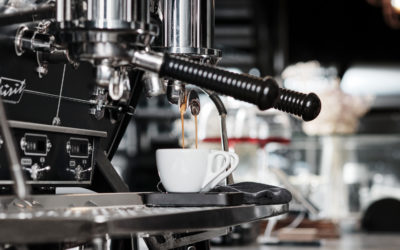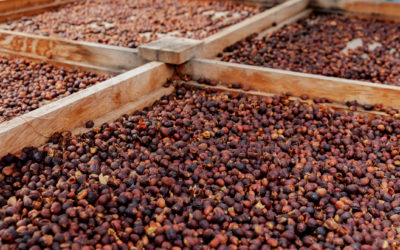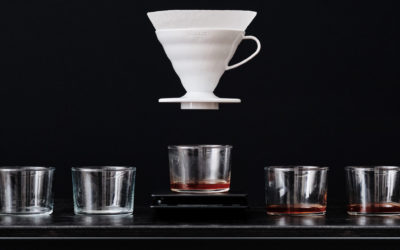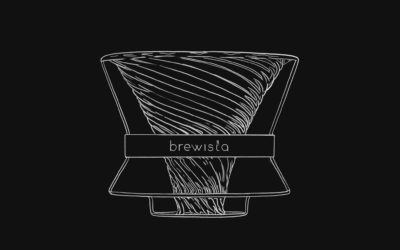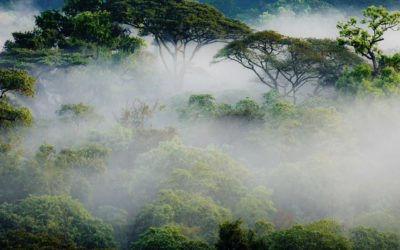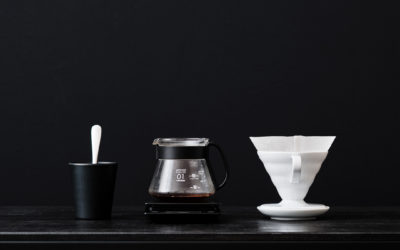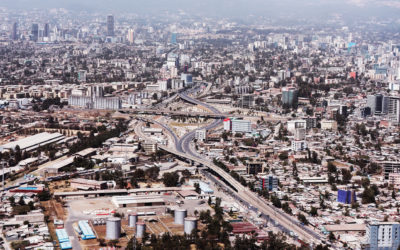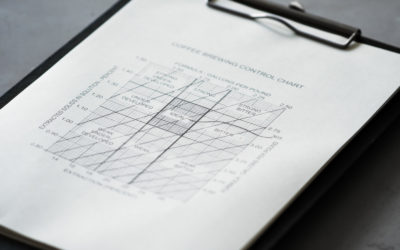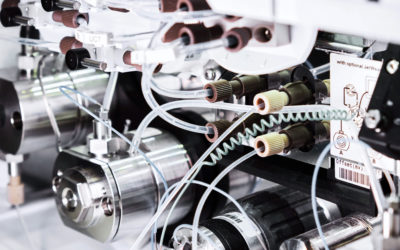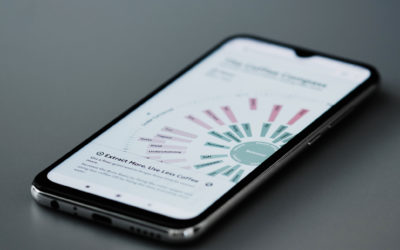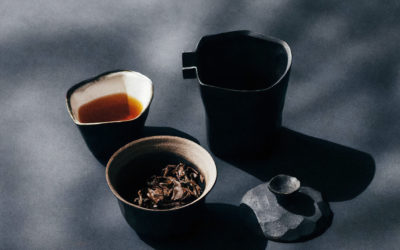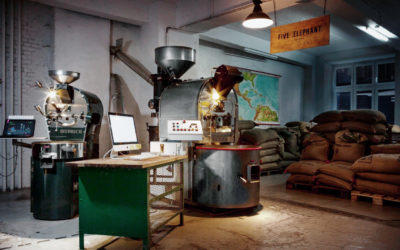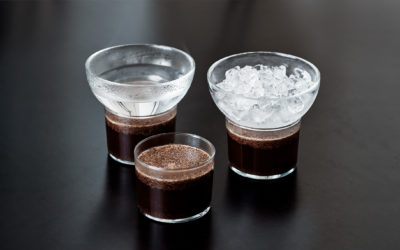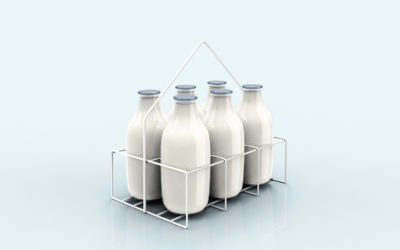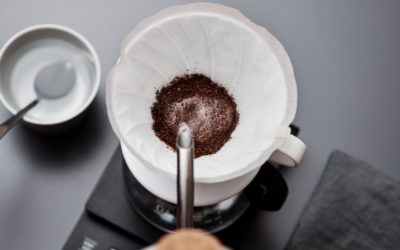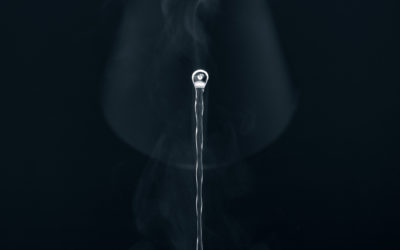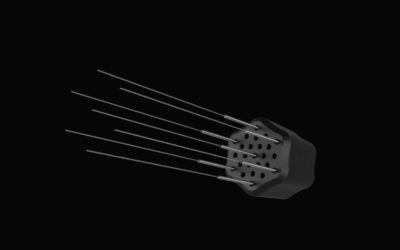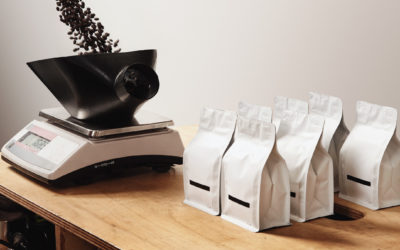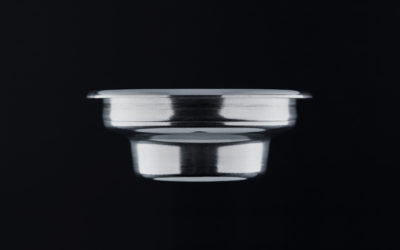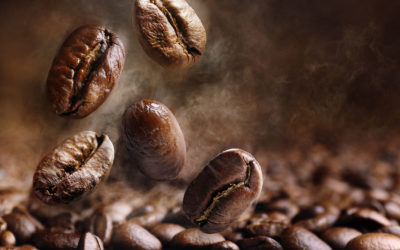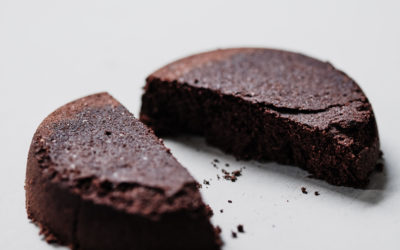The Group Head Express
You’ve dialled in perfectly. You are weighing every single dose, distributing carefully, tamping perfectly flat with a calibrated amount of force — and yet, your shot times aren’t the same. After a few shots you notice it’s always the same group that runs just a few seconds faster — or slower — than the others. Perhaps you start to avoid using that group…
I Would Ferment Five Hundred Hours
Over-fermentation is a sure-fire way to ruin a coffee. The threat of a full sour defect or a ‘stinker’ bean making its way into your cup is enough to put anyone off the idea of stretching out fermentation any longer than necessary. And yet, producers are experimenting with longer and longer fermentation times, and somehow getting away with it.
Following Yonder Star
Nearly all the world’s coffee farms lie between the Tropic of Cancer and the tropic of Capricorn — in a region called the coffee belt. This is the only region with the right climate for coffee to grow and ripen properly. Growing coffee outside of this region is possible, but rare. For farmers who grow coffee at the edges of the coffee belt or beyond…
Stirring Strikes Back
A few weeks ago, we released the first in a series of experiments on blooming in filter coffee. Our aim is to find some measurable evidence to support one blooming method over another. Rather than rely on flavour, which is very hard to measure objectively, we tried to track the effectiveness of blooming by looking at how…
Air Gap
When we’re brewing filter coffee, our preference at BH is to use filter cones that lose as little heat as possible. In most cases, that means plastic is best — but plastic comes with other disadvantages. Plastics such as polycarbonate can absorb flavour compounds (van Willige et al 2010), potentially minutely affecting the flavour of the coffee.
On the Origin of Arabica
According to the religion of the Oromo people of Ethiopia, when the first man died, Waqa (God) wet his grave with his tears, and the first coffee plants sprouted where his tears fell (Yedes et al 2004). This ancient story points to arabica’s origins as a wild plant, which the Oromo found dotted throughout the forests of their homeland in modern-day Ethiopia.
Blooming Marvellous
Earlier this week, Swiss-based Australian, Matt Winton won the World Brewers Cup. Matt blended Coffea eugenioides and arabica. While his recipe was highly effective in the competition, his technique was different to most commonly accepted brew methods — and different to what we recommend at Barista Hustle. Of course, what works best in competition…
Roasting at Origin
Coffee prices have increased dramatically this year, after years of historic lows. In June 2020 the ‘C’ price, the benchmark price for coffee, sat below $1 per lb. In July of this year it reached more than $2, and may yet increase further. After struggling with low prices for so long, this price increase should be good news for coffee growers…
Towards a Common Coffee Control Chart
The original Brewed Coffee Control Chart was designed by E.E. Lockhart a little over 60 years ago. Since then, coffee growing, roasting, grinding, and brewing technologies have all changed enormously, and yet the Coffee Control Chart has remained unchanged.
Molecular Targets for Coffee Body
Body can be loosely defined as the tactile sensations of coffee in the mouth. Body is a very important part of coffee quality, and not just in the specialty world. Just read the descriptions on any bag of supermarket coffee to see how prized a full, smooth body is for coffee consumers — perhaps more so than many of the other…
The Coffee Compass
The Coffee Compass is a simple tool that makes it easy to improve your filter coffee brewing. If your coffee tastes anything less than perfect, the Coffee Compass shows you exactly what direction you need to go in to achieve smooth, rich, and balanced brews. We published the original Coffee Compass in 2017 …
Water Chemistry for Tea
Long before Kaldi’s apocryphal goats took their first nibbles of the coffee fruit, tea experts knew about the importance of water quality for brewing*. The eighth-century tea master Lu Yu favoured spring water, and wrote in his guide ‘The Tea Classic’ that ‘the best spring water flows slowly over stone pools on a pristine mountainside’.
Regrinding
Grinding burr technology is like the black box in an aircraft. We can see what we put in, and we can measure what we get out, but there is very little publicly available knowledge about what happens inside the grinder, and why certain designs work the way they do. The debates about whether conical or flat burrs are better …
Strecker Degradation in Coffee Roasting
Anyone with a professional interest in roasting coffee, or baking bread has heard of the Maillard reaction. But the related reaction called Strecker degradation, is much less well-known and it has a crucial role to play in coffee roasting. In this post, we’re going to explore …
Buttergate
We have re-designed and re-imagined one of our classic apps — the Cowculator. This handy tool will help you work out the concentration and nutritional content of your cappuccino. The new version includes two modes that can help you decide what size of cups to buy, and what size of baskets you should use, when you’re planning …
You Can Leave Your Lid Off
While writing our course on Immersion Brewing last year, we noticed a strange phenomenon: when brewing coffee in a French Press, leaving the lid off during the brew seemed to increase extraction substantially. This is the opposite of what we would have expected — leaving the lid on should keep the water hot for longer …
Ten Green Bottles
The milkman, once an endangered species, is making a comeback. Deliveries of milk in reusable glass bottles have seen a surge in recent years in the UK (BBC 2018), and the COVID-19 pandemic has only strengthened demand for milk delivery services. Delivery services are convenient, but are also regarded as more sustainable …
Blooming and Clogging
Our Dean of Studies, Jem Challender, recently noticed that whenever he used more water than usual to bloom his filter coffee, his brews were more prone to clogging. We decided to set up a simple experiment to verify this, and found that the amount of bloom water really does influence how much a brew clogs.
The yo-yo pour
Have you ever sat at a brew bar, watching a barista wave a kettle around as if they are conducting an invisible orchestra, or as if it’s attached to the ceiling with a bungee? “The yo-yo pour” is our name for this kind of unintended up-and-down motion that a barista sometimes makes when brewing a pour-over coffee.
Weiss Distribution Technique
Should we all be using the Weiss Distribution Technique again? Is there a right way and a wrong way to do it? The Weiss Distribution Technique (WDT) is a distribution method for espresso making. Using a fine needle or similar tool, the barista stirs the coffee while it sits in the portafilter.
Coffee Packaging
Because packaging waste has a visible impact in consuming countries, it is often thought of as a major contributor to the environmental impact of coffee. Many coffee roasteries tout their environmental credentials by emphasising their recyclable or compostable packaging. However …
All the Single Baskets
In an ideal world, a single espresso basket would allow you to make half the amount of coffee as a double, and achieve exactly the same flavour as a double, all without changing the grind size. In reality, single baskets usually fall short of this. Most of the time, a single basket requires you to either …
Roasting
After milling, the next major stage in the life cycle of a coffee is roasting. All the life cycle analyses (LCAs) we’ve studied show that the roasting stage contributes very little to the overall greenhouse gas (GHG) emissions from a cup of coffee. In the LCA app, the preset figure for carbon emissions …
Looking at Spent Pucks
Does analysing an espresso puck after extraction tell you anything useful about what happened during extraction? One of the challenges of making espresso is that it’s usually hard to tell if a shot was any good before serving it to a customer. It’s common practice to taste a small sample of a batch brew …
